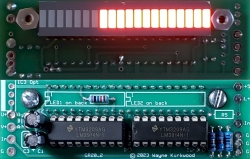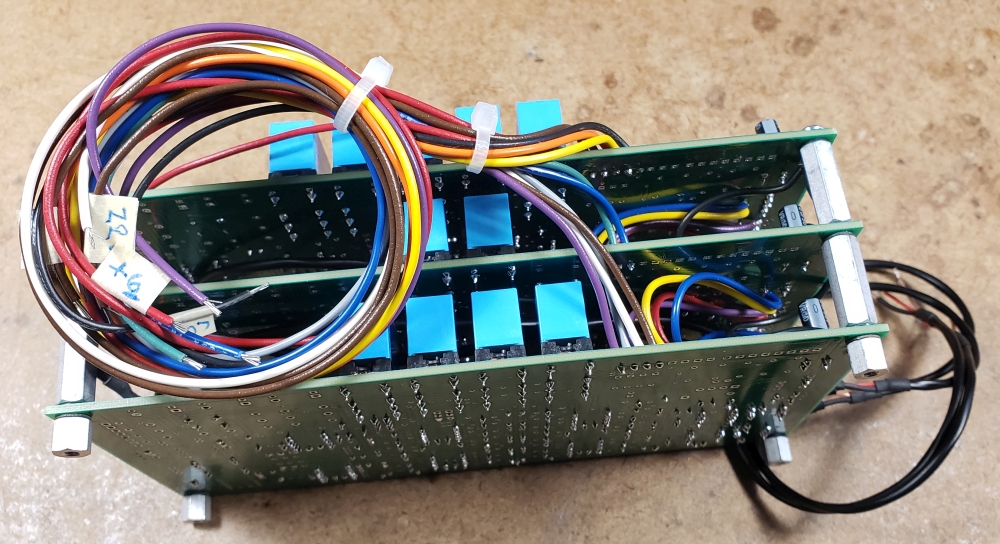user 133392
Well-known member
- Joined
- Dec 13, 2022
- Messages
- 300
Thanks Andy! Your order will be shipping today.


Well, you could produce your pcb's in europe and a member (could be me) can do the logistics. I can imagine you don't share gerber files.
I’m sure a few of us on this side of the Atlantic would appreciate the offer too.That's a thought and I appreciate the offer. I did something similar for Markus' insert switcher and eventually bought his Gerbers.

